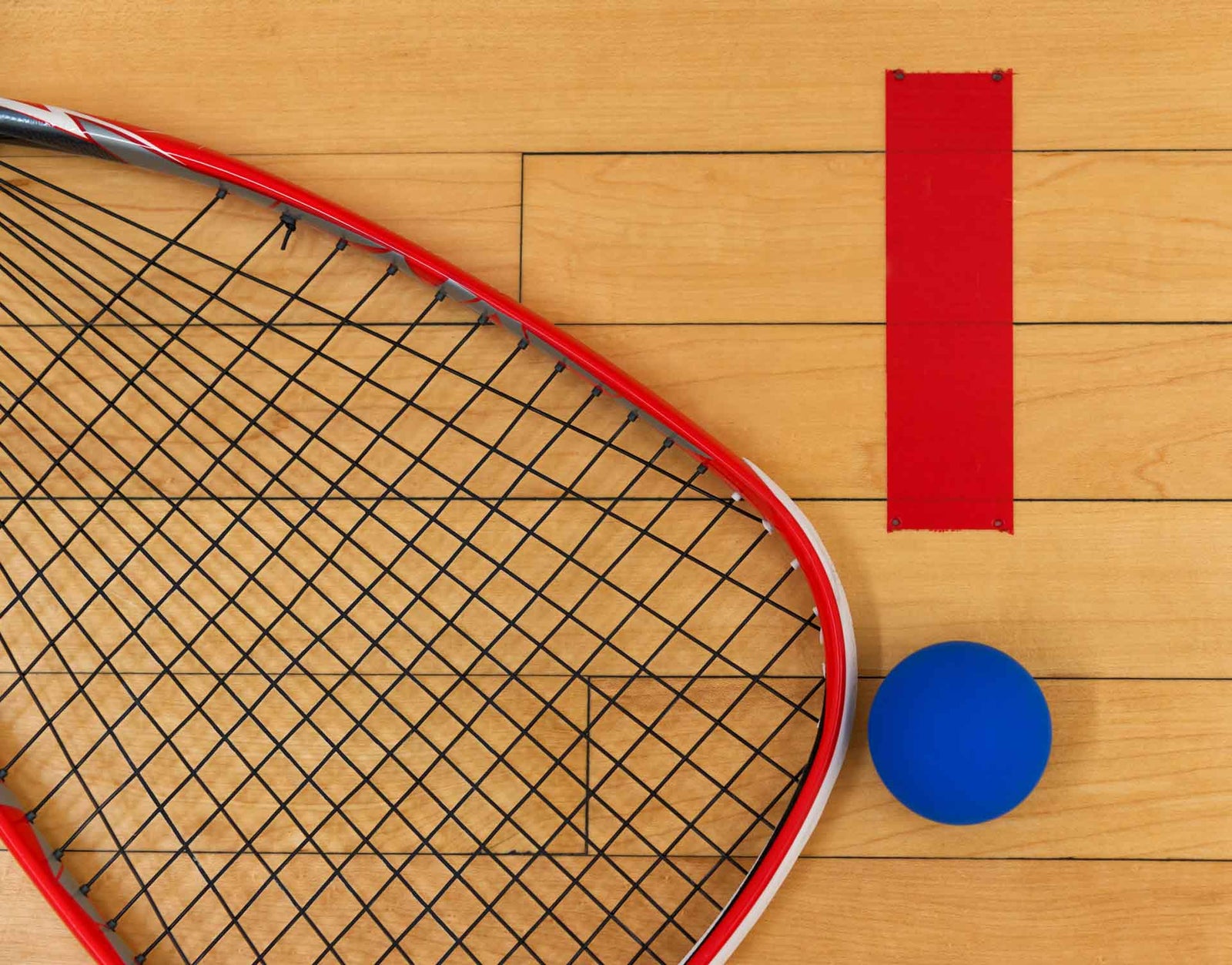Not to be confused with the American sport racquetball, racketball, or squash 57 as it is also known, is a racket sport created and popularised in the United Kingdom. As with any racket sport, a racket and a ball are the two most important pieces of equipment you will need to play it and selecting the ones that make you comfortable and match your level of play will heavily dictate how successful you can be.
Unfortunately, despite its rapidly growing reputation, racketball is still a sport many people are unfamiliar with. In fact, it is a sport that can even be problematic to search on the internet for advice about, as answers relating to racquetball or squash often come back instead of the ones you are after.
That is why today we are going to take a closer look at one of those essential pieces of racketball equipment, the racketball ball. We will break down the options available, outline the differences between them, and explain who each type of ball may be suitable for.
This will hopefully enable you to finally grab some gear and go out and try racketball for yourself, or perhaps even improve the game of someone who has already started but didn’t know what equipment to purchase to give themselves the best chance for success.
Types Of Racketball Balls
Blue
Blue balls are the bounciest type of ball available for racketball. They produce the greatest length of return on each shot and are ideal for beginners and players with a lower level of skill.
Black
Black balls produce much less of a bounce than the blue variety, leading to a much slower and shorter return. These are a great choice for intermediate level players who are looking to take their game to the next level.
Black Double Yellow
Black balls with a double yellow spot are the most challenging balls to play with, as they produce the least bounce, speed and distance of return out of all the options. This makes them suitable only for very skilled, competition level players, as incredibly fast reactions and anticipations are required to play with them.
Things To Consider
Bounce
The colour coding of the ball relates to the amount of bounce a ball has. Make sure that you select the one that you will feel comfortable playing with, based on your ability.
Speed
This is a remarkably similar issue to the one above, as the speed of the ball is dictated largely by the amount of bounce it has. That means you need to ensure you choose a ball of the colour that best matches the speed you like to play at.
Player Ability
Much like both of the above issues, the colour of the ball is a clear indicator of the level of play it is designed for. If you are a beginner, consider selecting a bouncier option like a blue ball. An intermediate level of player may prefer the enhanced level of challenge they get from a black ball, while pro level players will want to go for the most challenging option available, which is the black ball with double yellow spots.
Your Budget
Despite the fact that racketball balls are not an overly expensive item, there is still quite a jump in price between the average versions and the very top of the line options. Make sure you select a ball that you are comfortable with the price of, so you don’t risk putting yourself off the sport before you have even really begun, due to high initial outlays.

